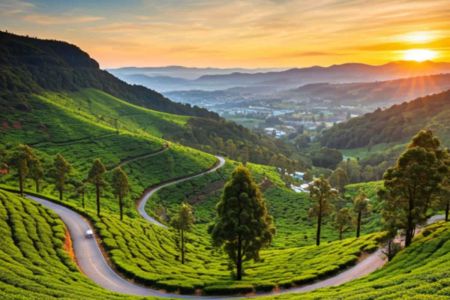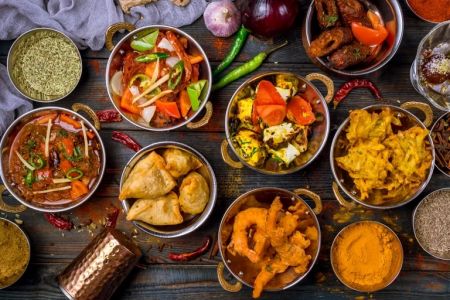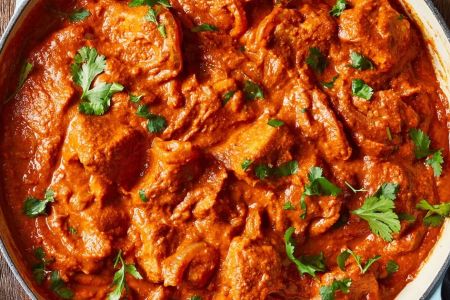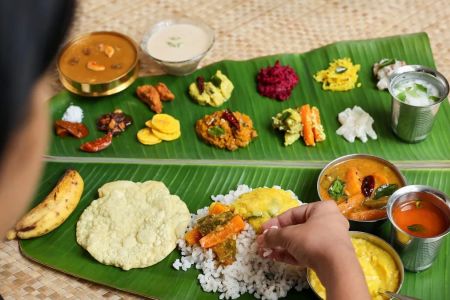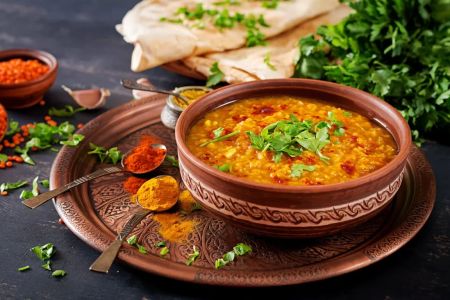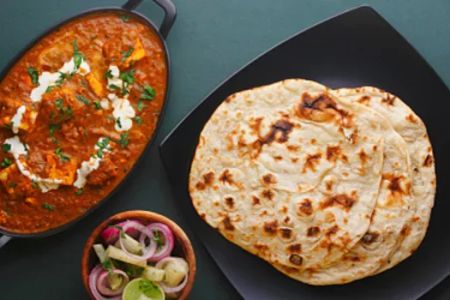Experiencing Indian Weddings: A Journey Through Rich Traditions and Celebrations
Introduction to Indian Weddings
Indian weddings are a vibrant and unforgettable experience, steeped in rich cultural traditions and spiritual significance. These weddings are not just a union of two individuals but a grand celebration of family, culture, and love. Known for their extravagant ceremonies, colorful decorations, and rich rituals, Indian weddings are some of the most spectacular events in the world.
As a traveler, witnessing an Indian wedding firsthand is a unique opportunity to immerse yourself in the country's deep cultural heritage. Whether you’re attending a wedding as a guest or exploring it for a cultural experience, understanding the traditions and ceremonies involved will enhance your appreciation of this momentous occasion.
The Significance of Indian Wedding Traditions
Indian weddings are deeply rooted in ancient traditions that have been passed down through generations. These rituals symbolize various aspects of life, from the connection between the couple to the bonds shared with family members and the community. Each region and cultural group within India has its own set of practices, but several elements remain central to most Indian weddings.
1. The Role of Family
Unlike Western weddings where the focus is often on the bride and groom, Indian weddings place a strong emphasis on family and community. The families of both the bride and groom play pivotal roles, from the initial match-making process to participating in various rituals throughout the ceremony. This family involvement adds an emotional depth to the entire celebration, making it feel more like a communal gathering.
2. Symbolism in Rituals
Indian wedding rituals are filled with symbolic meaning. For example, the exchange of garlands during the Jaimala ceremony signifies the mutual respect and acceptance between the bride and groom. Similarly, the Saat Phere (seven vows) is a sacred ritual where the couple walks around a fire, making promises to each other for a lifelong partnership.
The Ceremonies and Celebrations: What to Expect
Indian weddings are a multi-day affair, and each day is marked with a variety of ceremonies, celebrations, and parties. From mehendi (henna) to sangeet (musical celebration), there are numerous events to enjoy, each with its own distinct cultural significance.
1. Mehendi: The Pre-Wedding Ceremony
One of the most anticipated events before the wedding day is the Mehendi ceremony, where the bride and her close friends and family gather to have intricate henna designs applied to their hands and feet. This is a joyous occasion that signifies good luck and prosperity for the bride.
2. Sangeet: The Musical Celebration
The Sangeet ceremony is a lively and fun-filled event where both families come together to dance, sing, and celebrate the upcoming wedding. It’s a colorful display of music and dance, filled with traditional songs, Bollywood tunes, and joyous expressions of love and unity.
3. The Wedding Day
The wedding day is the highlight of the celebration. It begins with the Baraat, where the groom arrives with his family and friends in a procession, often accompanied by music, dancing, and excitement. The wedding ceremony itself, known as Vivaah Sanskar, involves several sacred rituals, including the exchange of vows and the tying of the sacred knot (mangalsutra).
The atmosphere is filled with joy, music, and colorful decorations, creating an unforgettable experience. As a guest, you will be treated to delicious food, lively music, and a celebration that reflects the rich traditions of Indian culture.
Unique Experiences of Indian Weddings
Experiencing an Indian wedding is more than just observing the ceremonies—it’s about engaging with the culture and people, embracing the warmth, and taking part in a vibrant celebration of life. Here are some unique experiences you can expect at an Indian wedding:
- Witnessing the lively dance performances and music that bring the wedding to life
- Participating in traditional rituals such as the Haldi ceremony, where turmeric paste is applied to the bride and groom for good luck
- Enjoying delicious Indian wedding feasts, including a variety of traditional sweets and dishes
- Experiencing the colorful attire, with brides in stunning lehengas and grooms in regal sherwanis
How to Participate in an Indian Wedding
If you’re lucky enough to be invited to an Indian wedding, there are a few things to keep in mind to make the most of your experience:
1. Dress Appropriately
Indian weddings are colorful affairs, and guests are expected to dress in bright, festive attire. Women often wear sarees or lehengas, while men typically wear kurta-pajamas or sherwanis. If you’re unsure, it’s always a good idea to check with the host about appropriate attire.
2. Participate in the Celebrations
Don’t be shy! Indian weddings are all about participation. Whether it’s dancing at the sangeet or joining in a prayer during the wedding ceremony, your involvement will be appreciated. Just remember to respect the cultural practices and ceremonies.
3. Enjoy the Food and Hospitality
Indian weddings are known for their extravagant feasts. From rich curries to biryanis and an array of sweets like gulab jamun and jalebi, the food is a major highlight. Embrace the experience and enjoy the hospitality extended by the families.
Want to immerse yourself in the magic of an Indian wedding? Consider booking a trip to India with Travel India One and experience the joy and grandeur of an authentic Indian wedding firsthand. Start planning your dream journey today!

